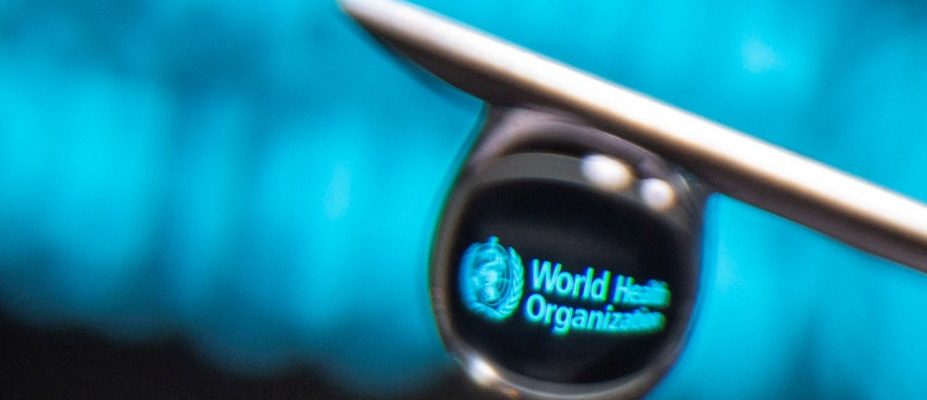The World Health Organization (WHO) has identified the omicron variant JN.1 declared a “variant of interest” “due to the rapidly increasing spread”.. However, the organization currently assesses the risk to public health from this coronavirus as low.
The WHO expects JN.1 to continue to increase the number of Covid-19 cases amid a wave of infections with other viral and bacterial pathogens, particularly in countries experiencing winter. Although there may be more cases with this variant, JN.1 does not pose a greater risk than currently circulating variants, said Andrew Pekosz, a virologist at the Johns Hopkins Bloomberg School of Public Health, the Reuters news agency.
Since JN.1 was first detected in a sample on August 25, it has become increasingly widespread. In mid-December, the variant already accounted for over a quarter (27.1 percent) of the sequenced genomes of coronaviruses reported in the Gisaid genome database. Four weeks earlier, the frequency was around three percent. In Germany, the variant was already detected in samples at the beginning of December at 35 percent, reports the Robert Koch Institute (RKI). his current weekly report on respiratory diseases.
In view of the available data, the WHO assumes that the current immunity of the population worldwide and the booster vaccination remain effective and can protect against severe disease, the statement said.
The new variant hits a country that is already coughing, wheezing and sniffling
The coronavirus keeps mutating. This can result in variants that spread more quickly, are more transmissible or can more easily infect vaccinated people. They then displace other variants and can trigger new waves of infections. The WHO is therefore monitoring newly emerging variants. As a “variant of interest” she describes variants of the coronavirus that apparently spread faster – like JN.1 now. New variants become worrying, i.e. a “variant of concern”, if they turn out to be significantly more sick, are easier to transmit, can more easily evade the body’s immune system or vaccines are less effective against them.
The WHO sees signs that JN.1 can evade the human immune system better than other variants currently circulating. However, there are still no signs that the variant leads to a particularly high rate of severe disease.
JN.1 was already a “variant of interest” as part of the Omicron line BA.2.86, also called “Pirola”. It differs from the omicron line BA.2.86, from which it descends, by an additional mutation in the so-called spike protein. The genetic change This may lead to JN.1 being able to evade the immune response more easily, according to a study that has not yet been reviewed by independent experts. Because this variant is now spreading rapidly, the WHO has once again classified it separately as “of interest”.
Symptoms are not yet known to be different from those of other variants, including cough, fever, runny nose, difficulty breathing, fatigue, muscle pain, sore throat or headache, loss of taste or smell, nausea, vomiting and diarrhea. And as with other variants, the recommended measures are: wear a mask in crowded, enclosed spaces, do not sneeze or cough on anyone, refresh your vaccinations, stay home if you are sick and get tested if you have symptoms.
The new variant hits a country that is already coughing, wheezing and sniffling. More than one in ten is currently or has just been affected by an acute respiratory illness: Covid-19, colds caused by rhinovirus infections, RSV or flu. The RKI currently assumes that there are around 8.9 million such diseases in Germany, a similar number to this time last year. What is noteworthy, however, is that cases are increasing, particularly among school-age children and young adults; children under the age of two are increasingly being hospitalized with RSV.

